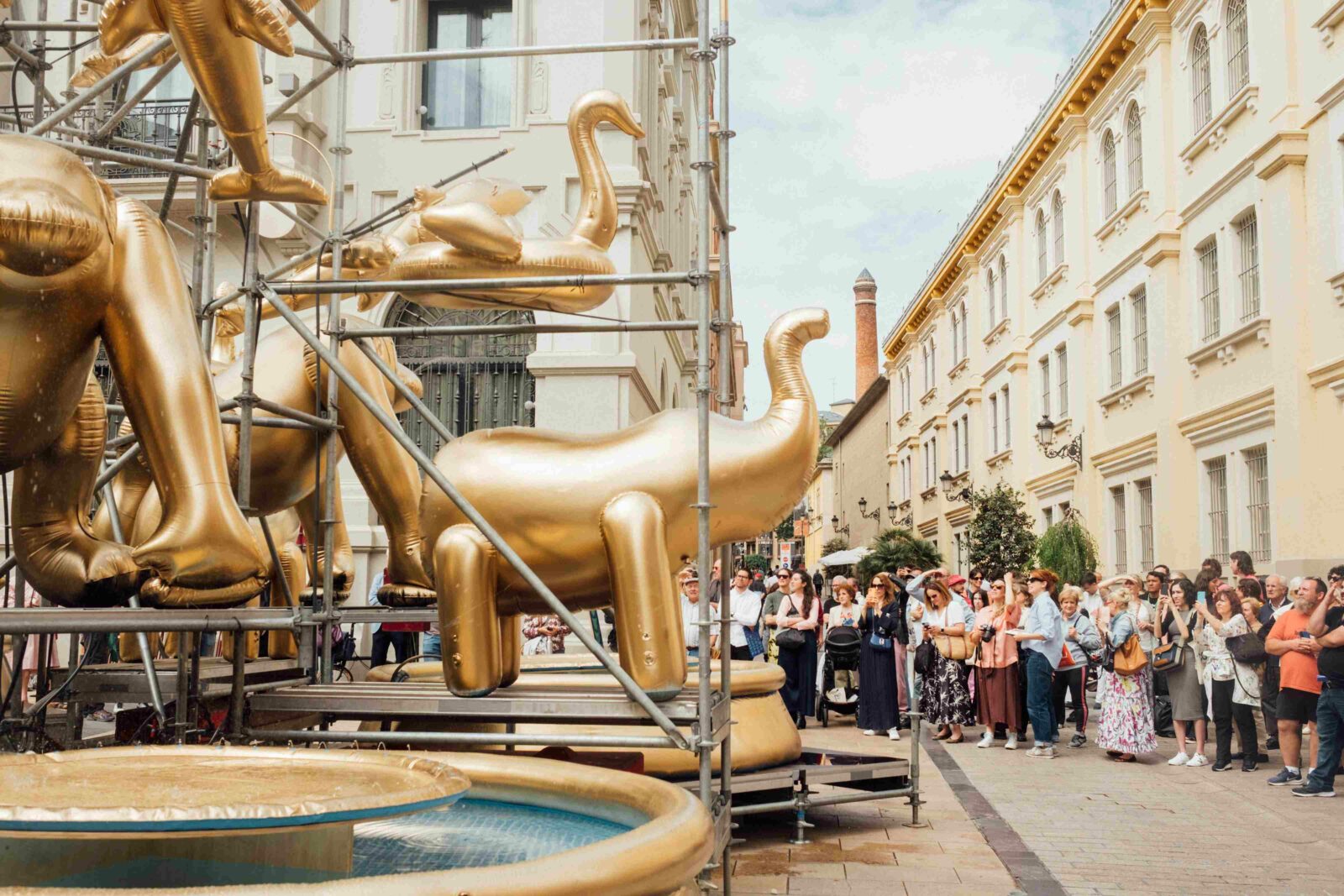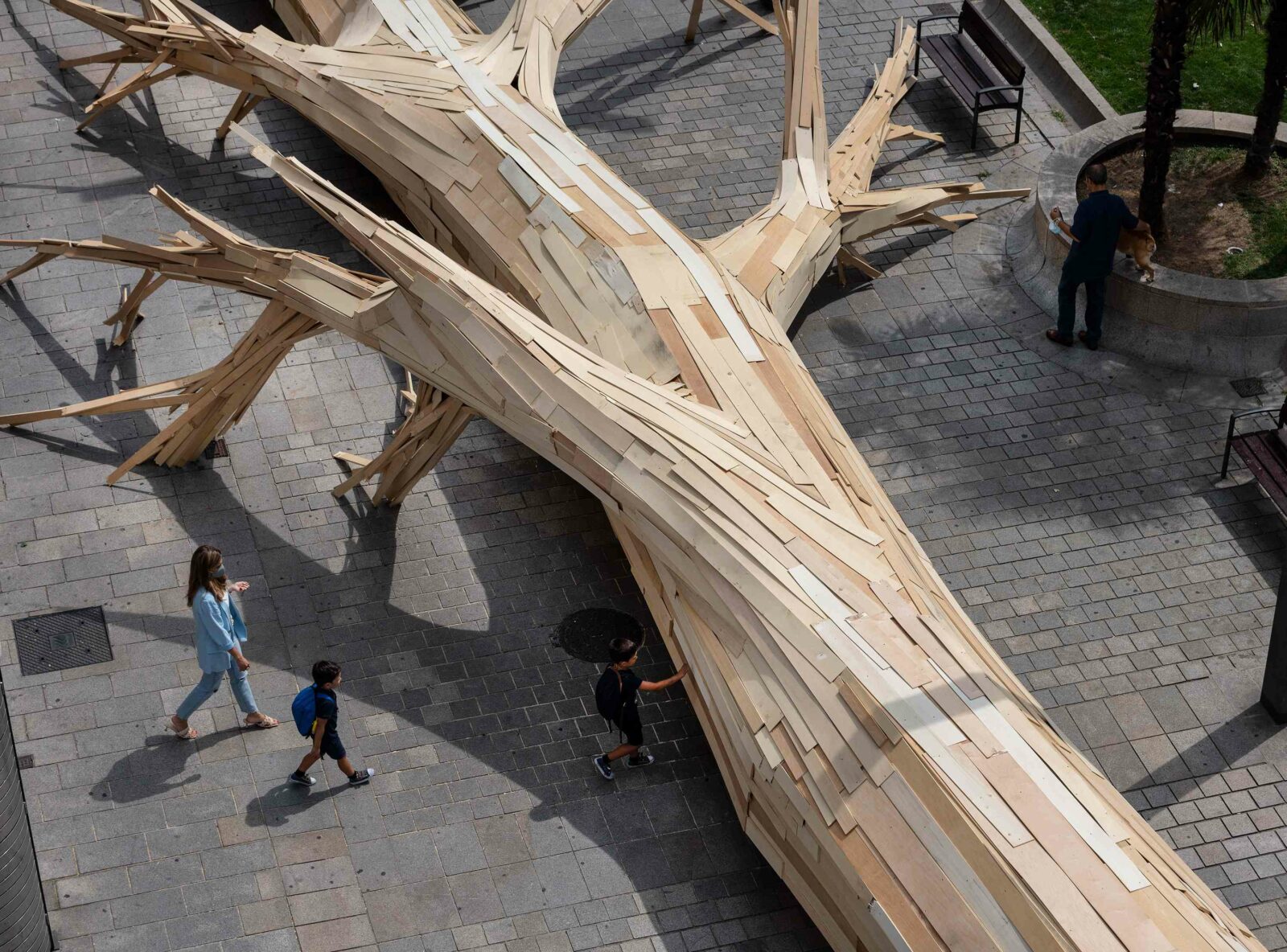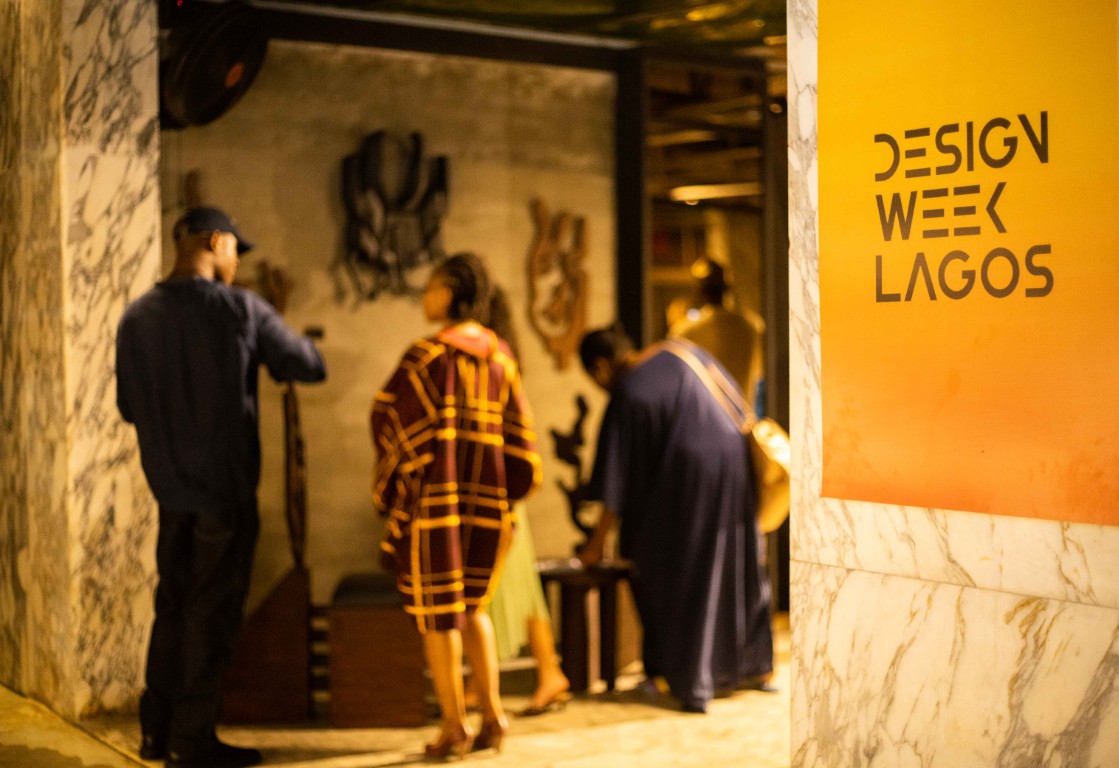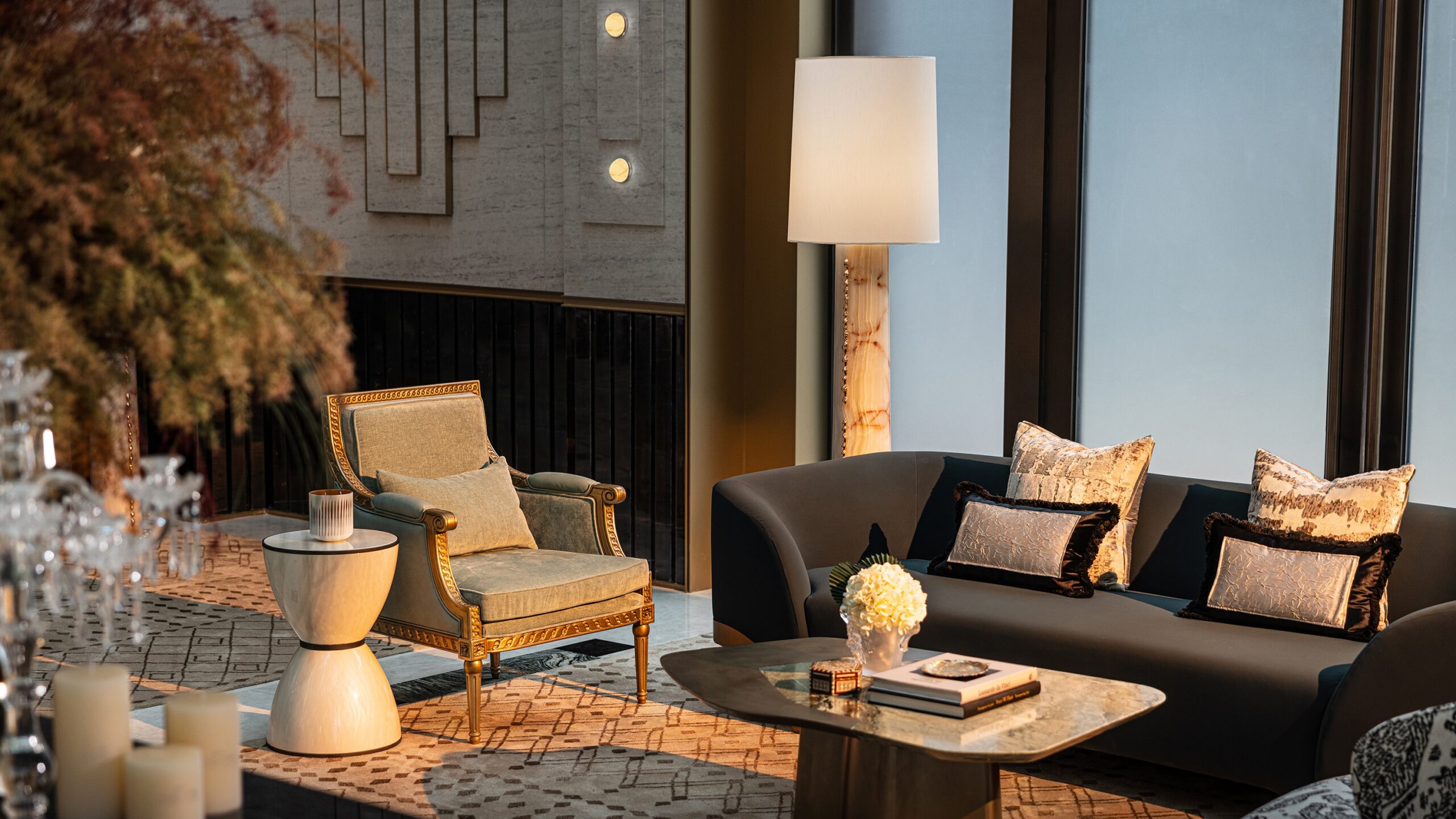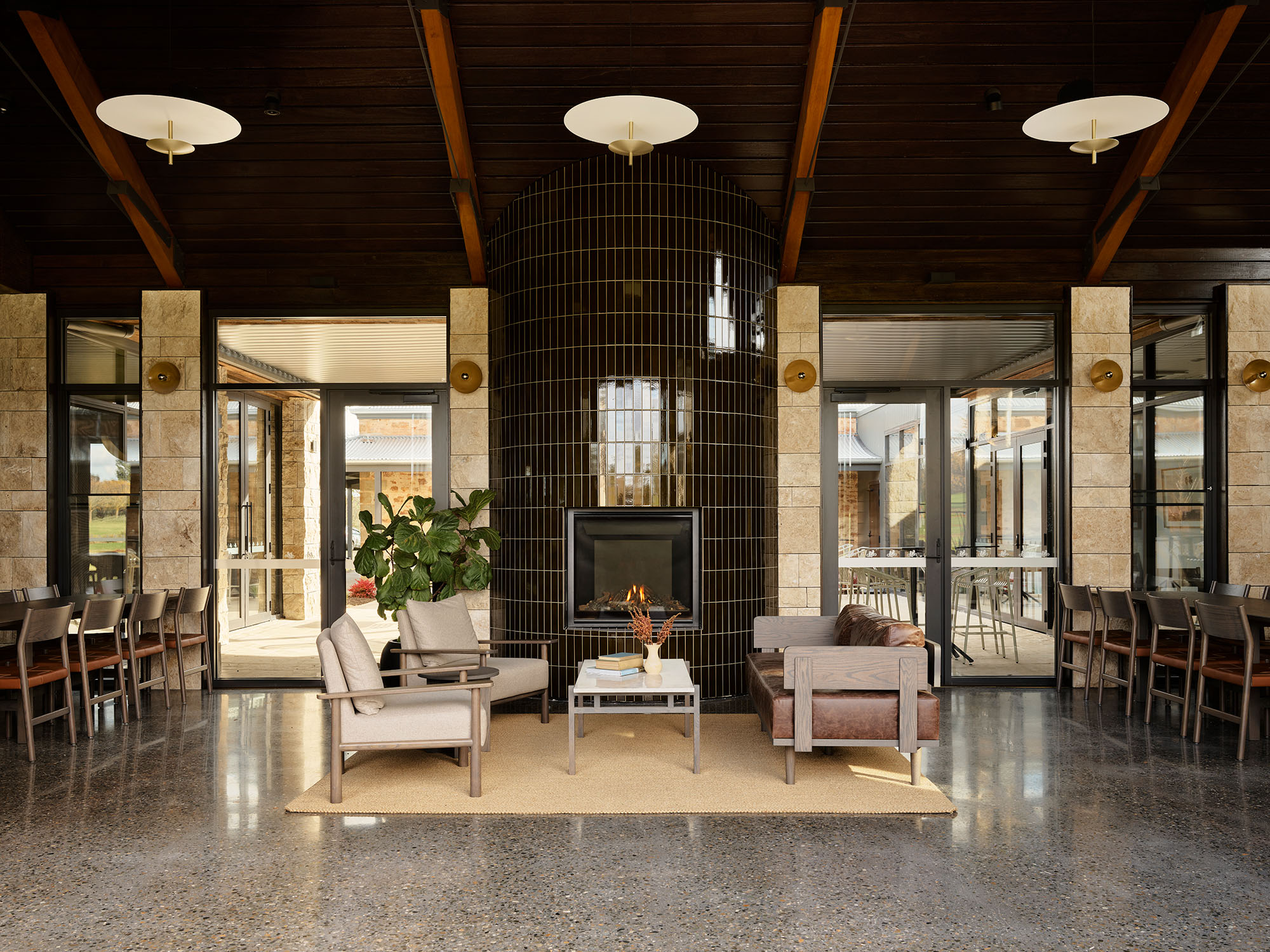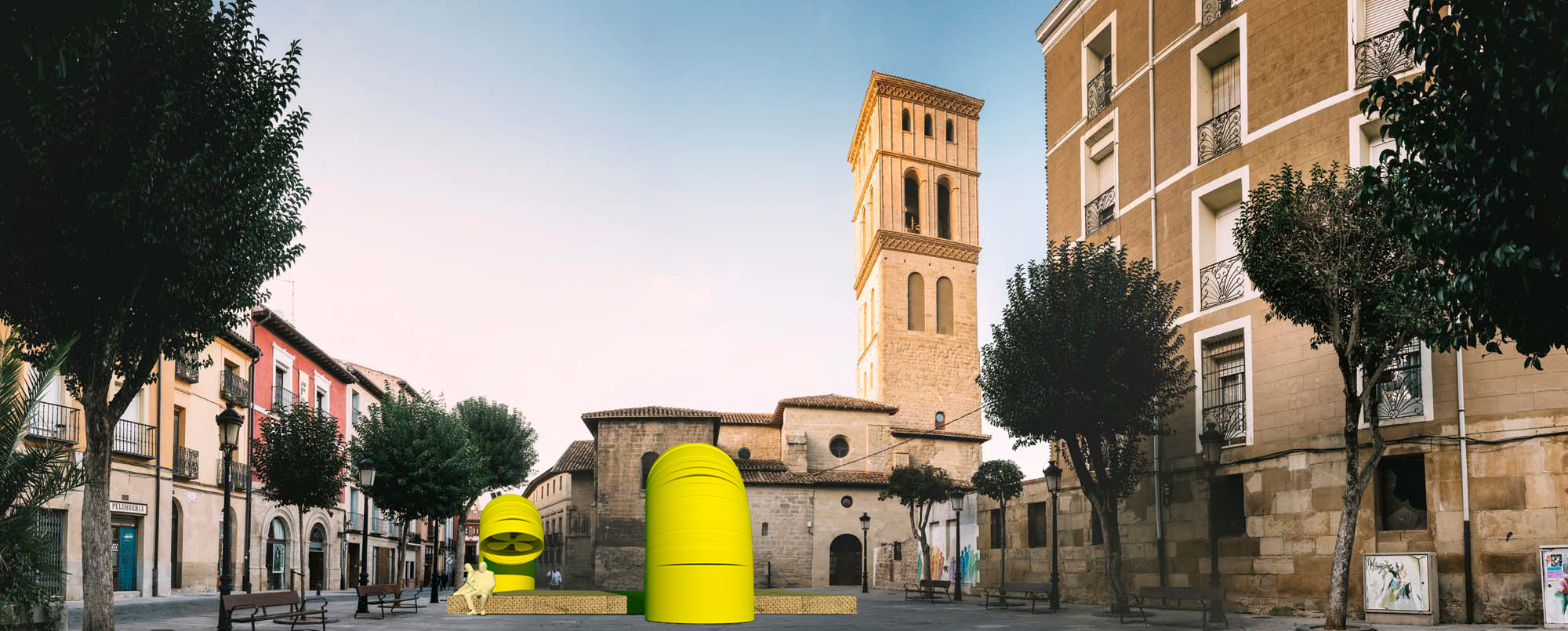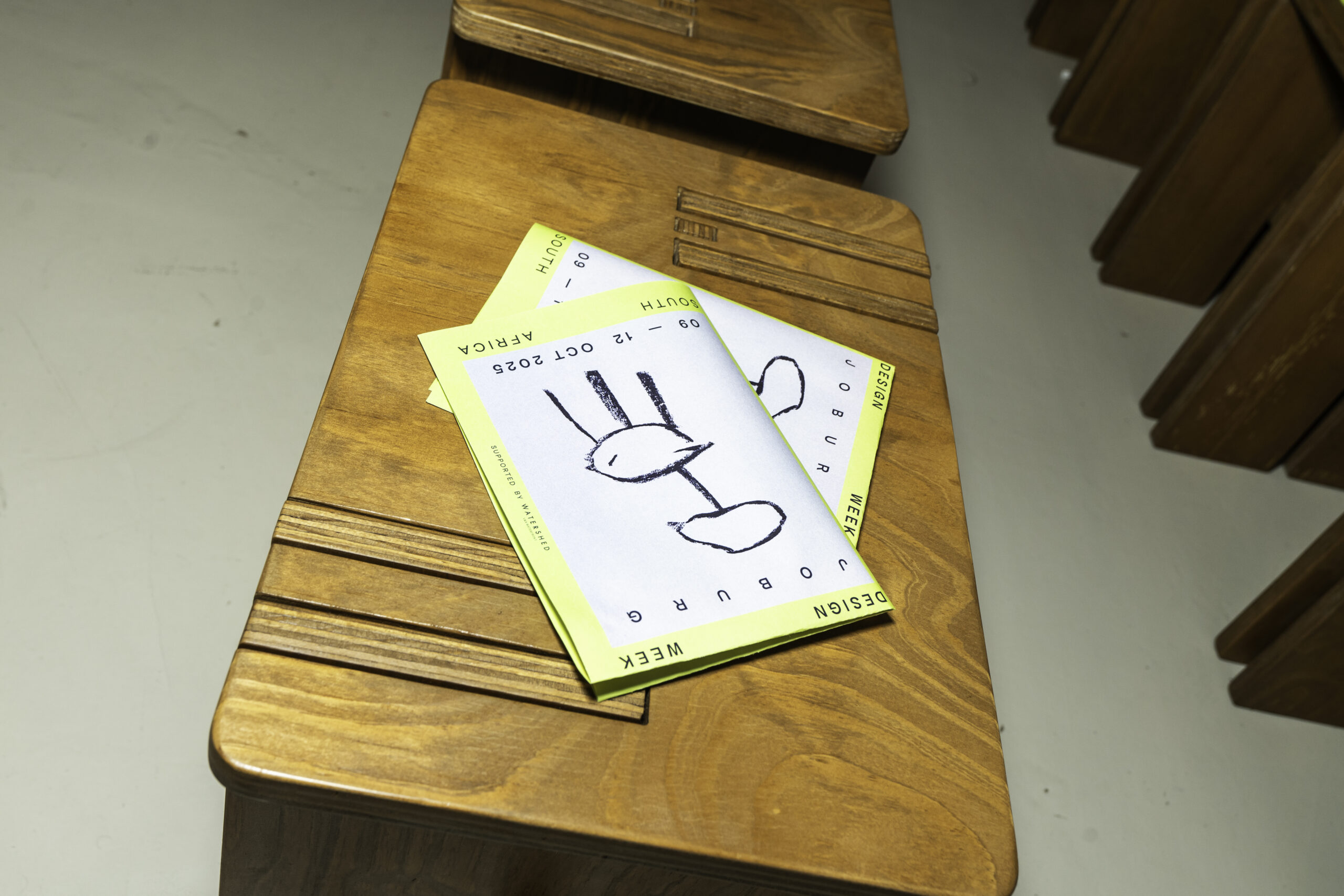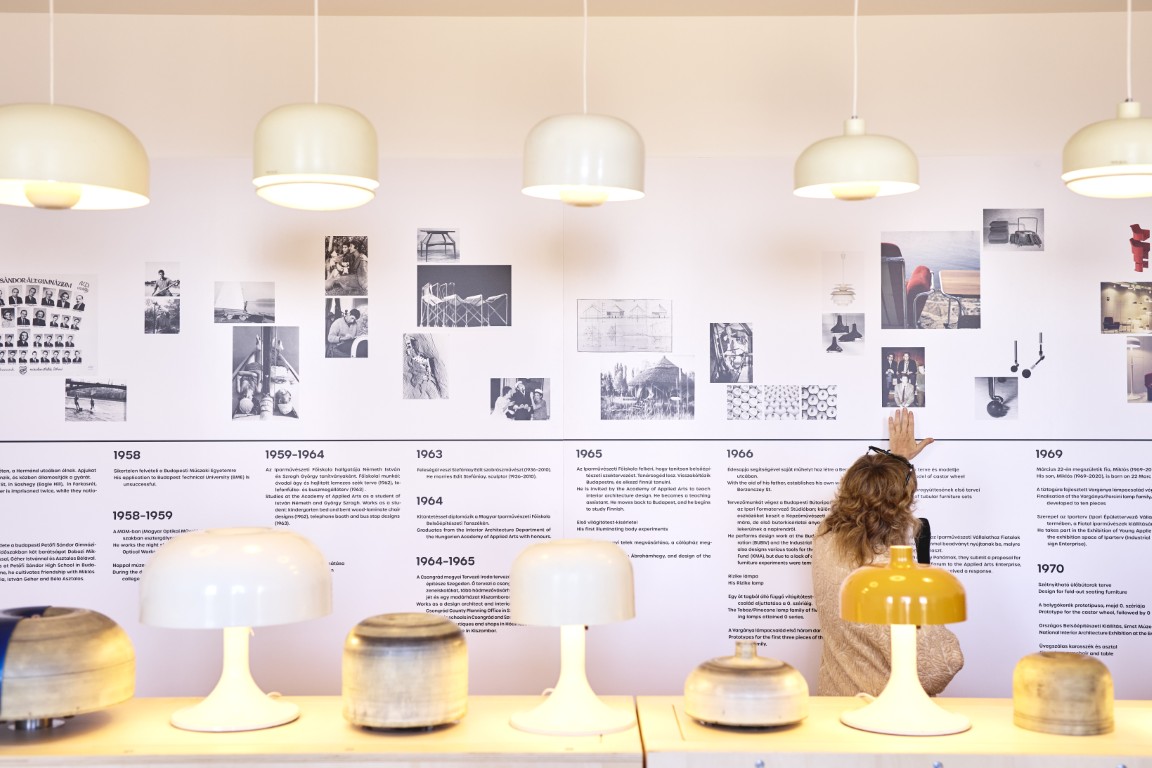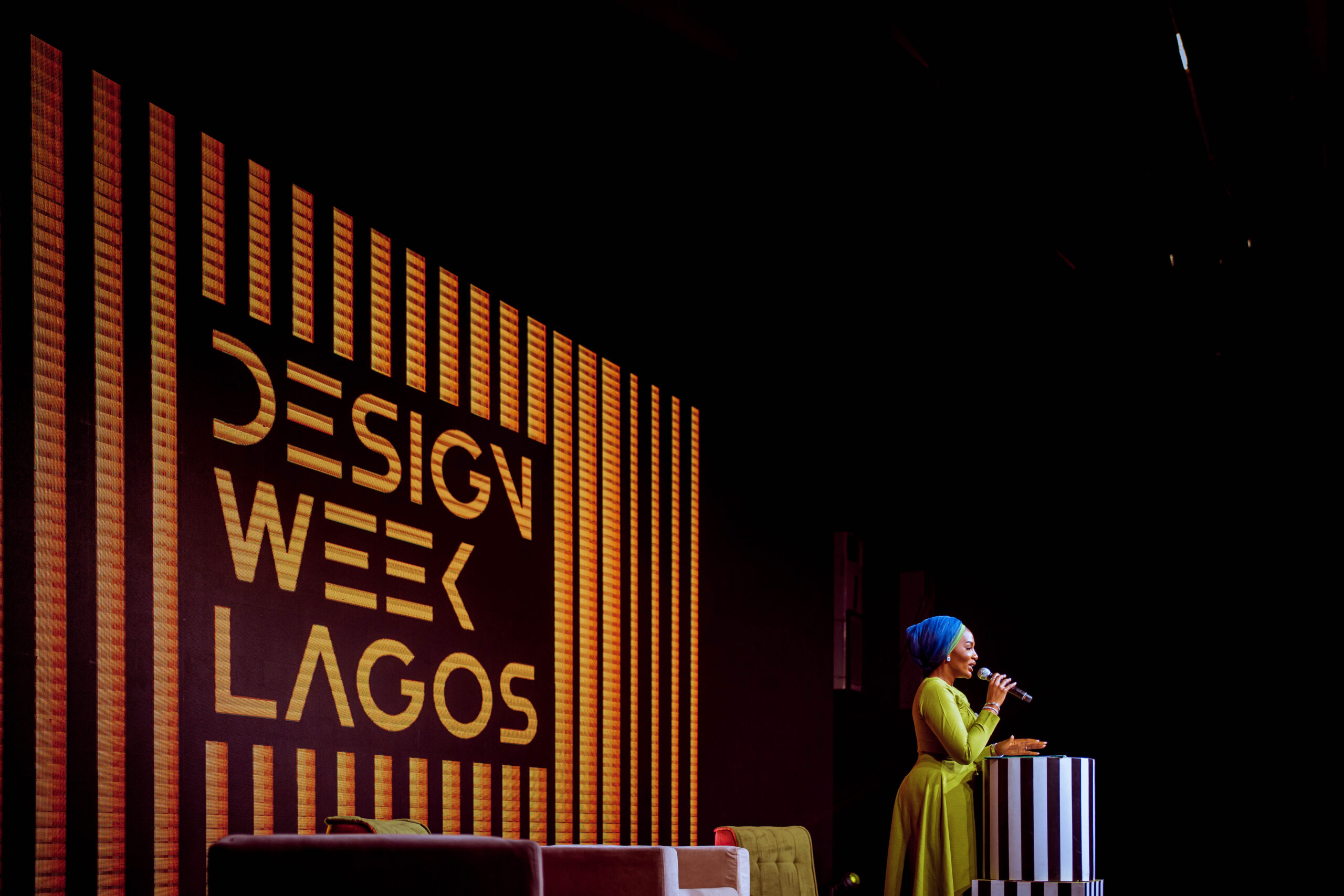Header: Courtesy of Concéntrico
The new edition of Concéntrico, the International Festival of Architecture and Design in Logroño, Spain, is already taking shape with the first announcements of participating teams and the parallel activities accompanying the main event. Scheduled from June 19 to 24, 2025, this year’s festival will revolve around three central themes: water, food, and urban landscape.
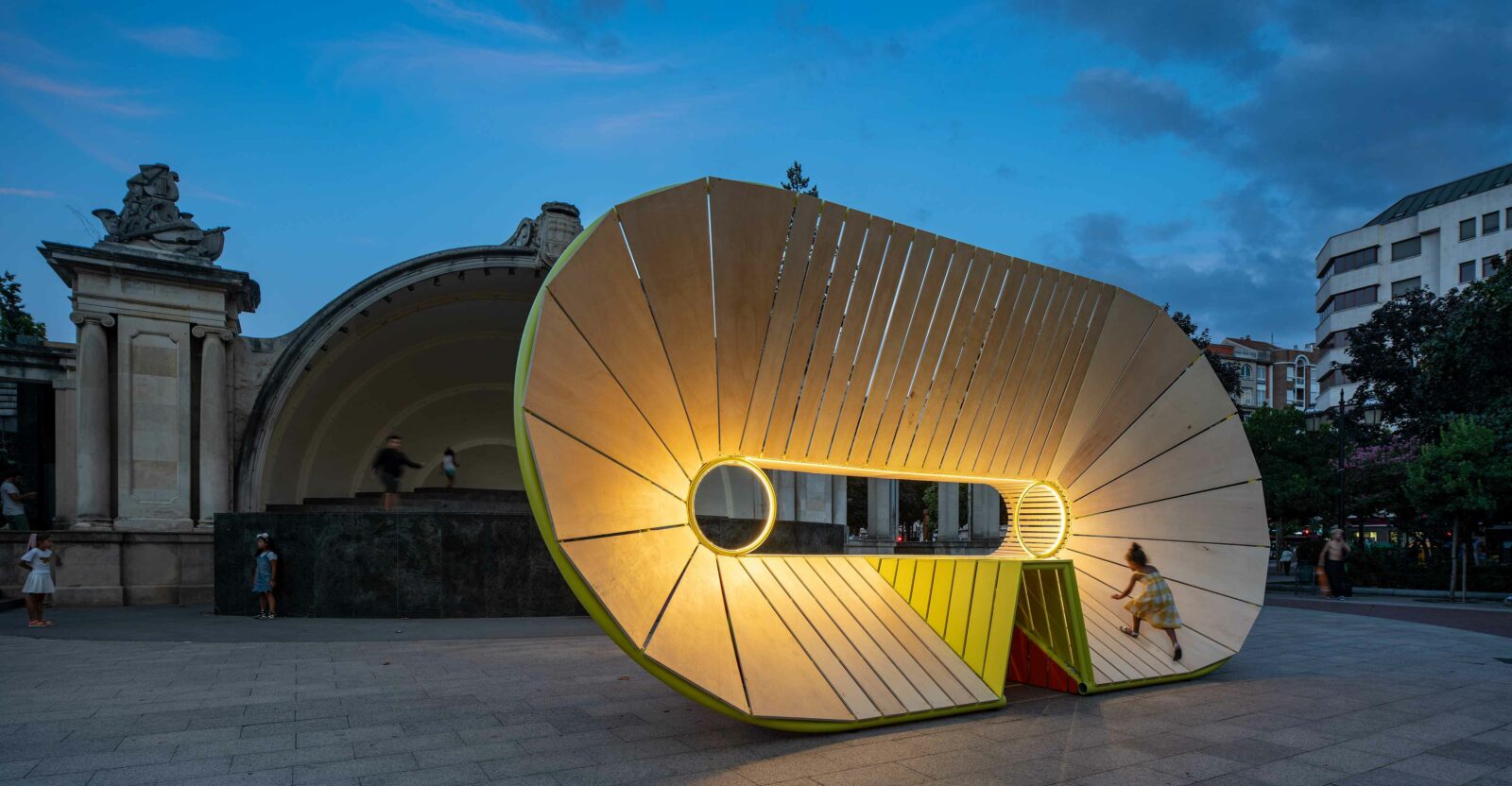

Presented recently in Madrid, the 2025 edition stayed true to Concéntrico’s identity as an urban innovation platform that uses architecture and design as tools for collective reflection. Alongside temporary installations, the festival now expands its reach with permanent calls, educational initiatives, exhibitions, and traveling events, further establishing itself as a space where ideas about urban planning and public space can be shared and tested.
Since its first edition in 2015, Concéntrico has hosted over 150 interventions across ten years, growing from a local festival in Logroño into a broader network with projects also developed in cities like Milan, Bucharest, Barcelona, Madrid, Dammam, and Huesca.
During the presentation event, Conrado Escobar, Mayor of Logroño, highlighted the role of the festival in positioning the city as a space for creative experimentation in urban environments, noting how these ten years have helped transform Logroño into a place where design proposals directly engage with the life of its public spaces.

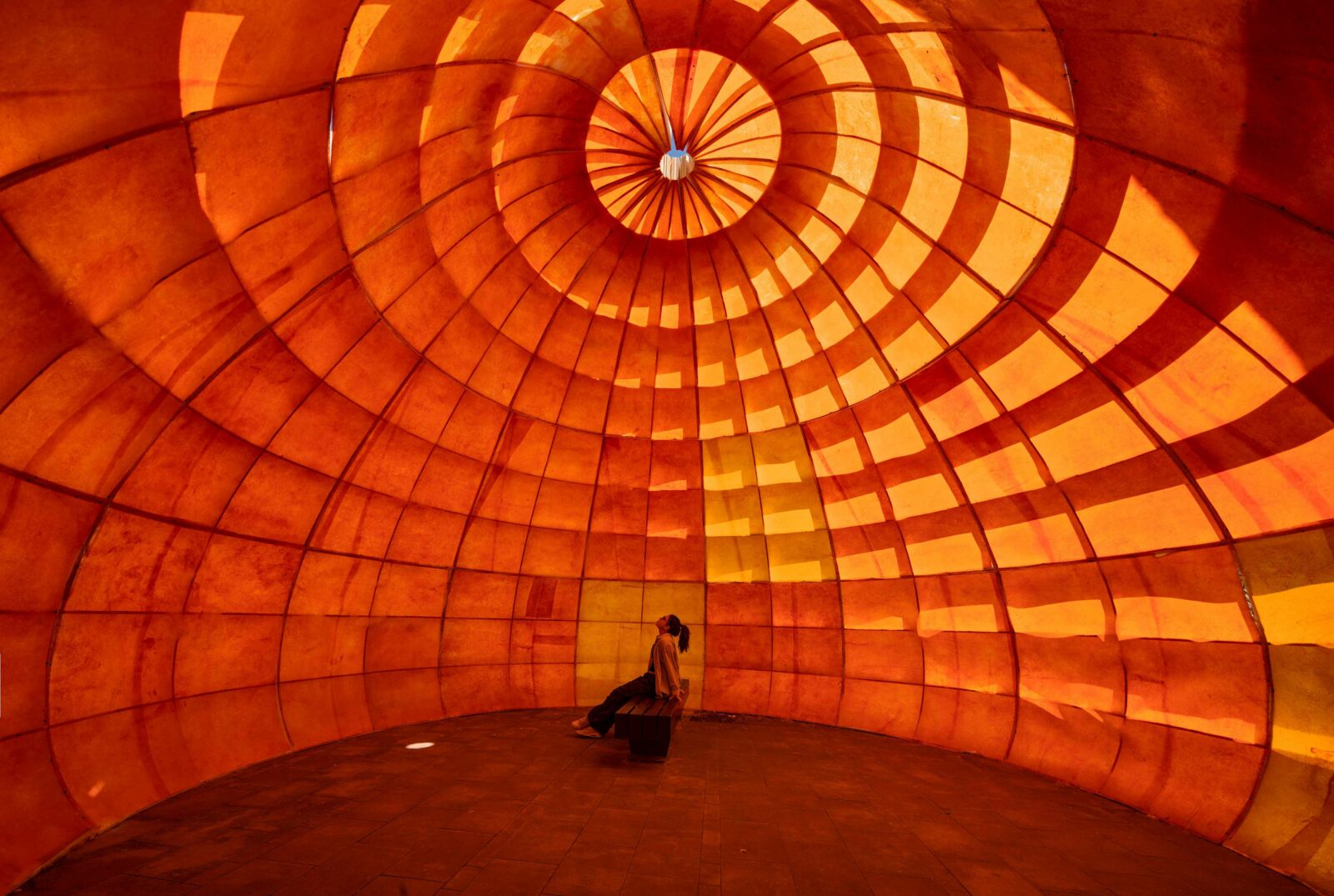
Focus themes of Concéntrico 2025
The programme for this edition brings together a selection of national and international projects that will converge in Logroño this June. The guiding themes—water, food, and urban landscape—are a starting point for thinking about the city through everyday elements and environmental challenges.
Water will shape a series of interventions that focus on fountains, roundabouts, and riverbanks, considering their role as urban features that can respond to climate change. Food will frame a collective event inspired by markets, shared meals, and picnics, creating new ways to use public space as a setting for gathering and exchange. The urban landscape theme will draw attention to small, often overlooked plots and squares, suggesting these vacant areas as opportunities to imagine a more accessible, equitable, and inclusive city.
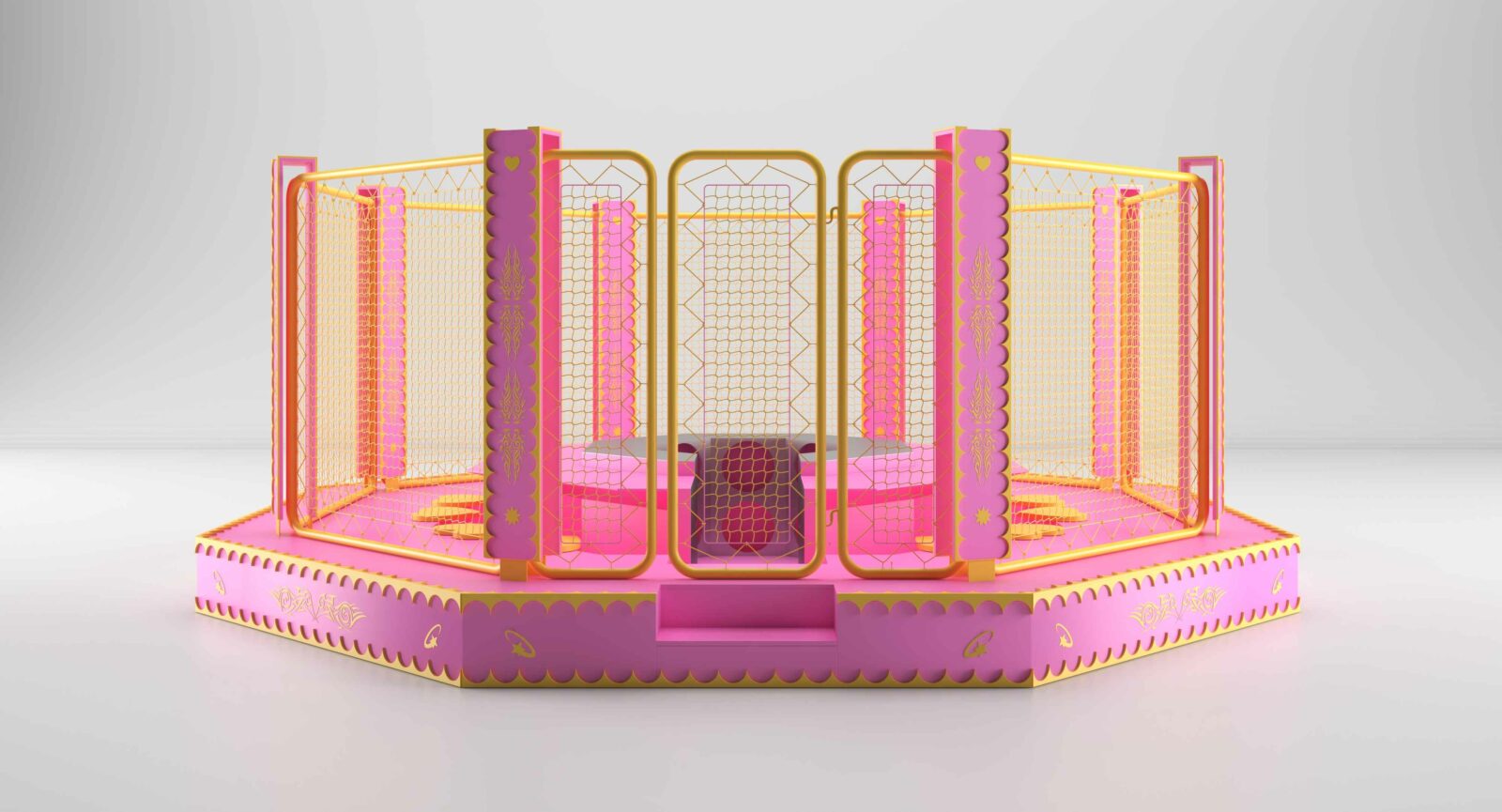
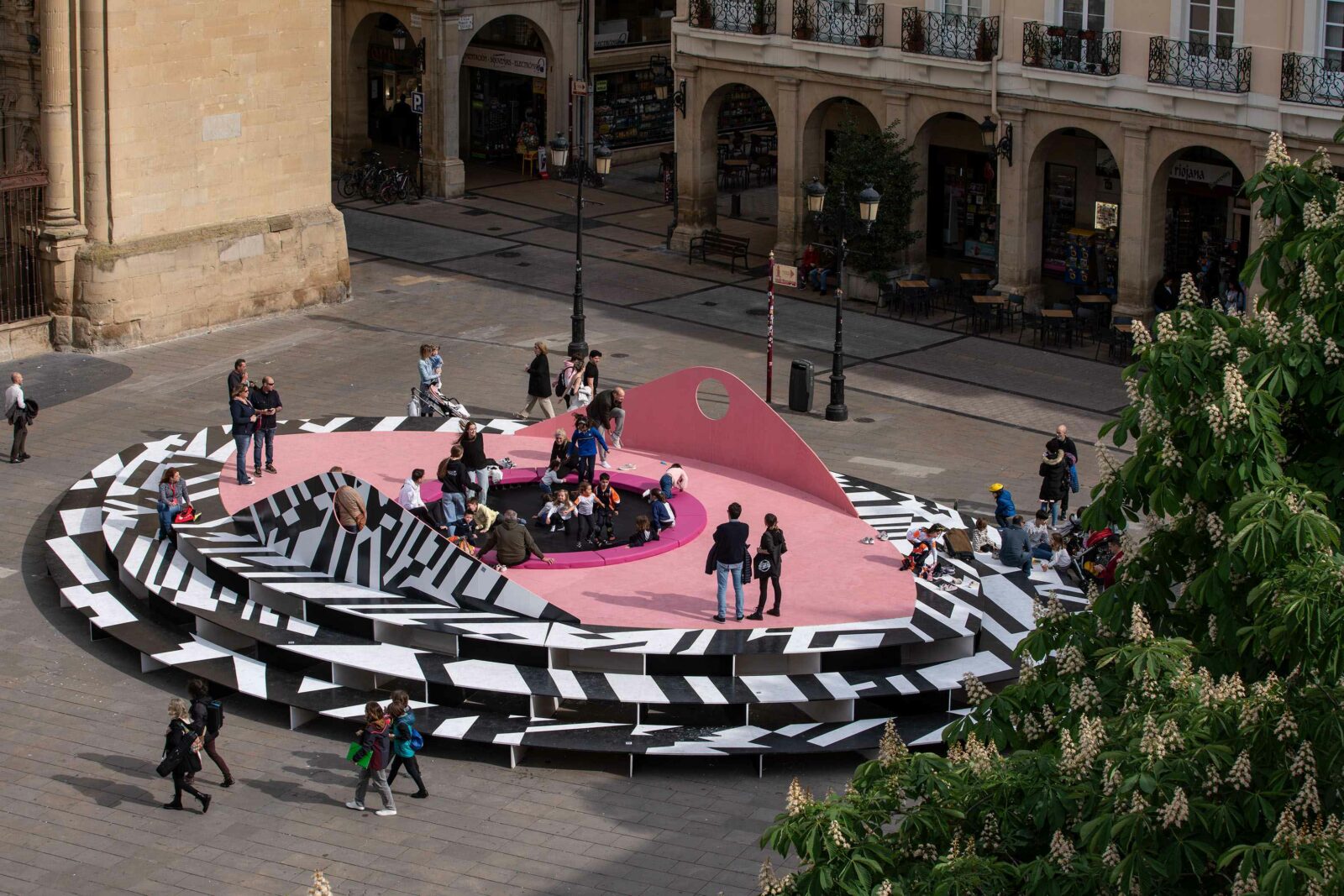
The Festival as a space for dialogue and exchange
The International Festival of Architecture and Design in Logroño remains the heart of Concéntrico’s programme, offering a space for dialogue between architects, artists, and the public, with the city itself as the backdrop. This year’s lineup includes studios and creators such as Leopold Banchini Architects, MVRDV, Zyva Studio, SalazarSequeroMedina, Sam Chermayeff Office, Studio ACTE, Andreia Garcia + Diogo Aguiar, Bayona Studio, Traumnovelle, Lemonot + O-SH, Erazo Pugliese, BairBalliet, Nami ñami Studio, Soft Baroque, Sahra Hersi, h3o architects, Emil Ivãnescu + Simina Filat Design, IC-98 & Suomi-Koivisto, Miastopracownia, and Małgorzata Devosges-Cuber and Chris Kabel, among others.
These participants join through co-production agreements with partner institutions that share a commitment to cultural, educational, environmental, and urban development. The list is completed by the winners of this year’s international open calls: Studio An-An, Abad, Borneo, and JMBAD (Joseph Melka and Balthazar Auguste-Dormeuil).
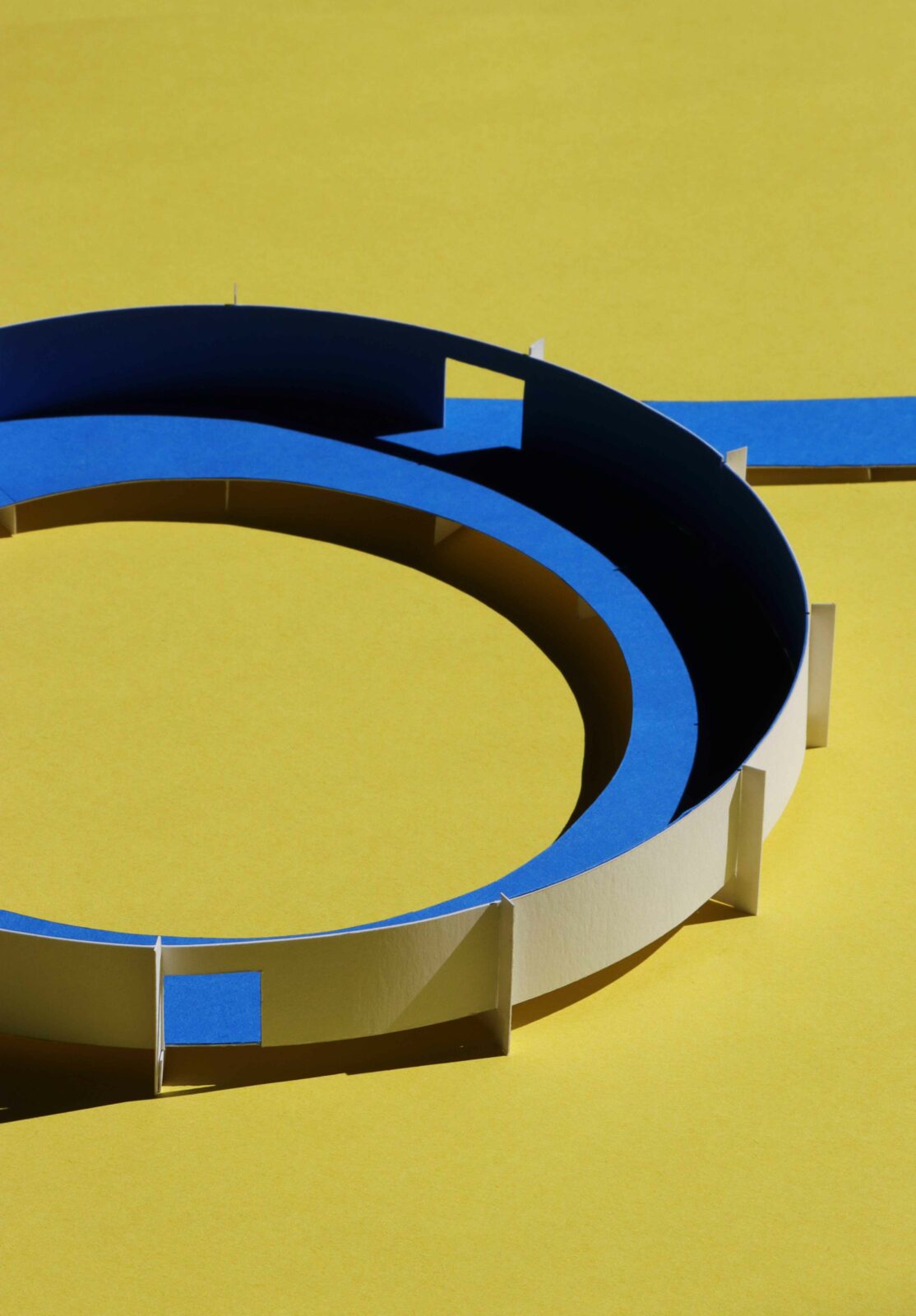
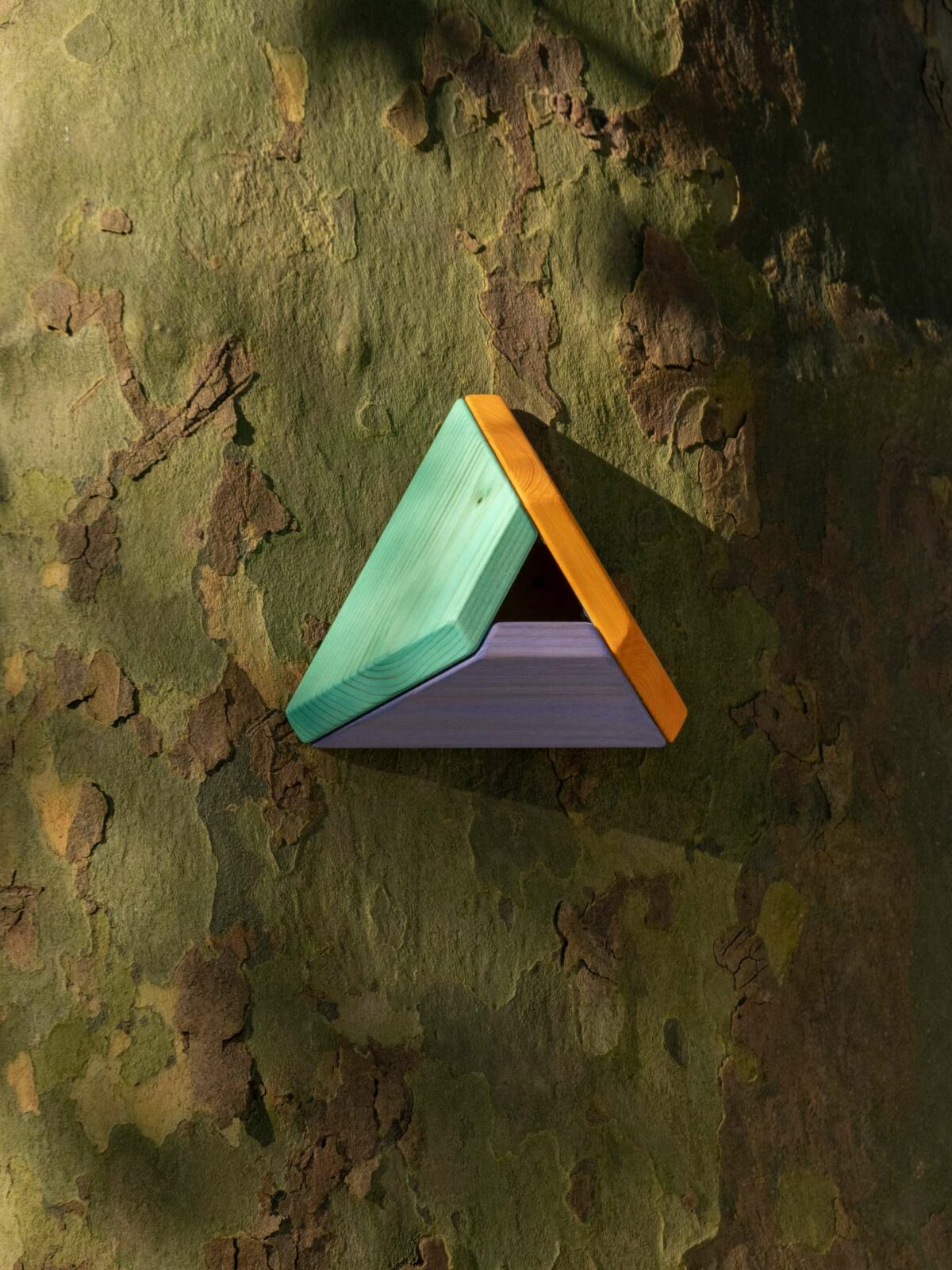
Urban Climate Island: a response to environmental challenges
One of the key projects for 2025 is the creation of an urban climate island in the lake area of Parque Felipe VI, developed through a collaboration between Concéntrico, the Logroño City Council, and LIF 2002. This initiative gives an answer to the need for spaces that help cities adapt to rising temperatures, proposing a public area designed as a thermal refuge where shading structures, trees, and permeable surfaces combine to offer comfort while supporting biodiversity.
The project was selected from 252 proposals submitted by teams from 49 countries. The jury—composed of Anatxu Zabalbeascoa, BEAR (Ane Arce + Iñigo Berasategui), Rafael Álvarez, Pilar Arce, MCruz Gutiérrez, Javier Peña, Ángel Carrero, and Irene F. Garijo—chose the “Al agua patos” proposal by K37.lab, a team formed by Carlos Iraburu Elizalde, Álvaro Oriol, José Rodríguez-Losada, and Carlos Iraburu Bonafé.
The design is structured around three main elements: two layers and a connecting boundary that frame a central garden with climate-adapted vegetation. A modular pergola provides shade, while an interactive pond invites visitors to engage directly with the space.
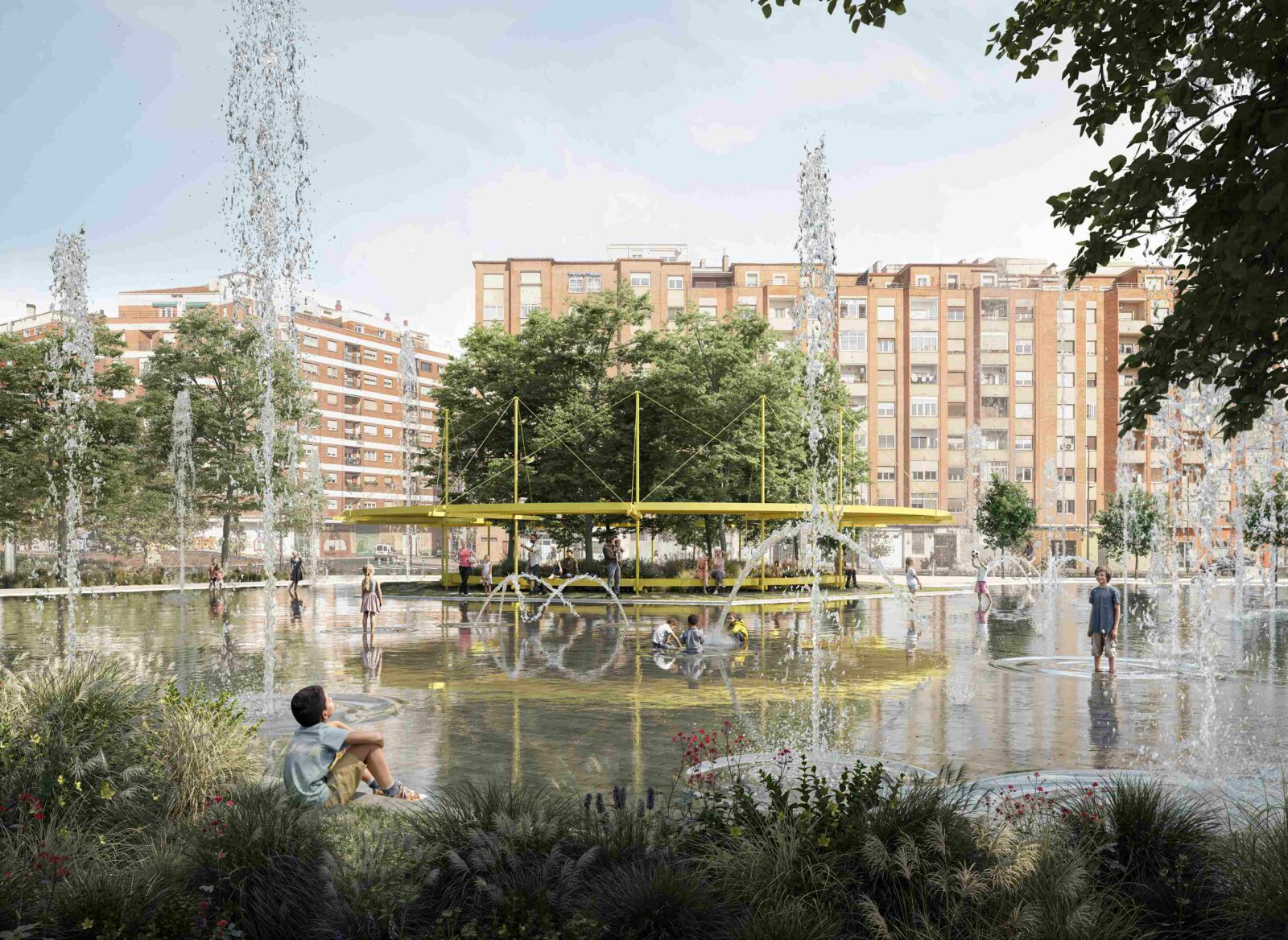
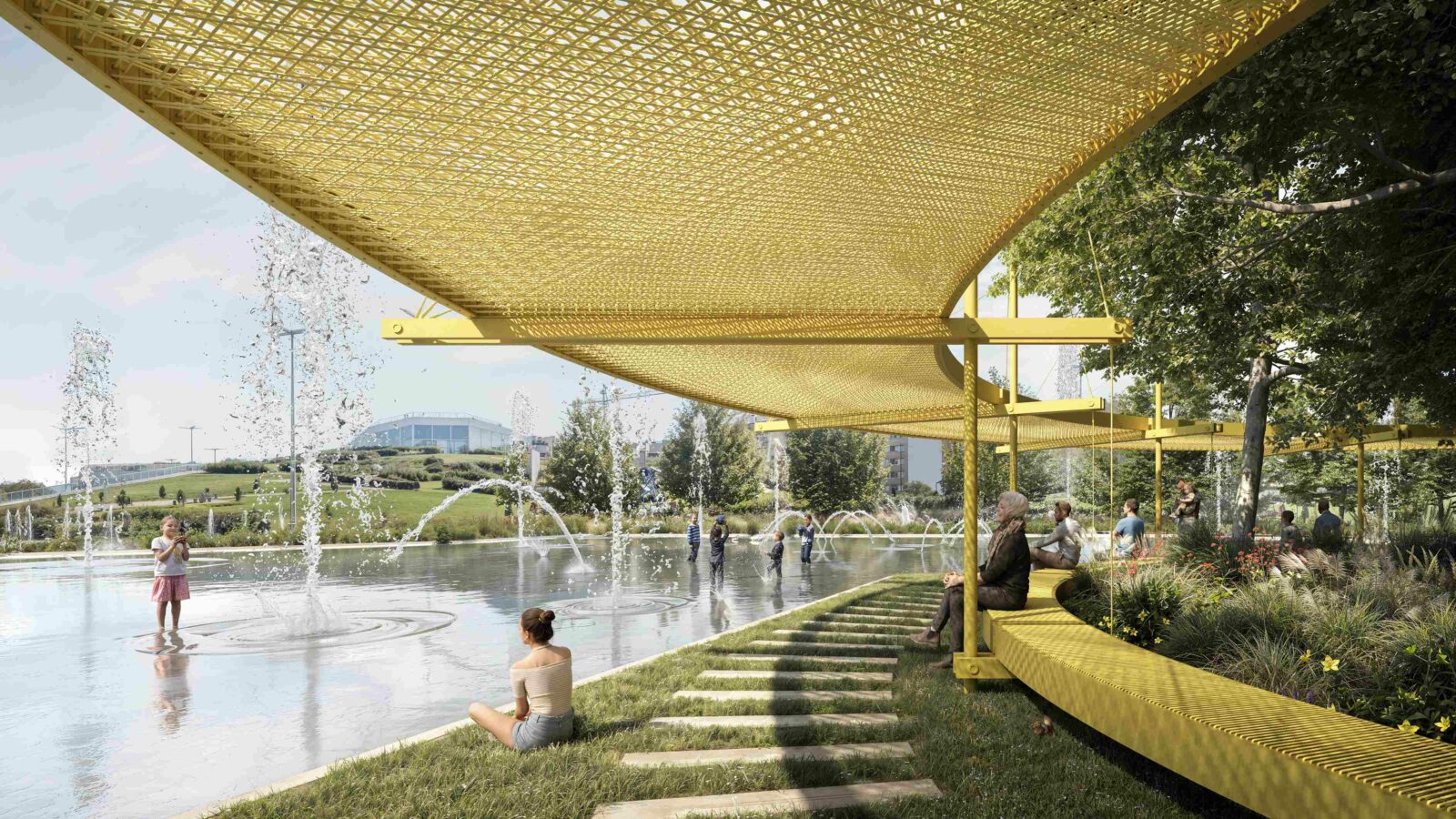
Activities and educational projects
Beyond the festival dates, Concéntrico continues to develop projects that promote reflection and participation throughout the year, which is the case with an educational programme developed in collaboration with 32 schools across Spain. Artists including Maider López and Matali Crasset have worked with students through projects like “Nervaduras y conos”, which connects architecture with nature, and “How We Experience School, How We Experience the City”, which invites students to map their everyday environments.
Looking ahead: publications and new collaborations
As the festival marks its tenth anniversary, Concéntrico will also publish a book supported by the Ministry of Culture, documenting the trajectory of the project so far and opening a space for discussion about the future of cities. The book launch will be accompanied by international presentations and will run alongside other initiatives such as “Performing Architecture” in collaboration with BASE Milano, as well as new partnerships with Ciudad Juárez in Mexico, Romanian Design Week in Bucharest, and the Instituto Cervantes network, with planned stops in Prague and Chicago.
